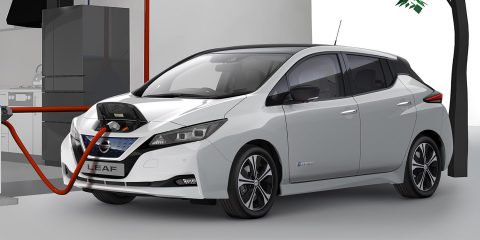Jon Miltimore explains why a 1956 law prohibits the installation of EV charging bays anywhere on the Interstate:
In 1956, Ike signed into law a bill — the Federal-Aid Highway Act — that paved the way (pun intended) for the interstate highway system, which included rest areas at convenient locations.
While there were numerous problems with the legislation, a relatively minor one was that it created strict limits on what could be sold at these rest stops. Today, federal law limits commercial sales to only a few items (including lottery tickets), the Verify team found. When President Joe Biden rolled out a $5 billion funding plan for states to create EV charging stations, he neglected to carve out a commercial exemption for EVs.
“You would be paying for that energy”, Natalie Dale of the Georgia Department of Transportation told WXIA-TV Atlanta. “That would count as commercialized use of the right-of-way and therefore not allowed under current federal regulations.”
If you think this sounds like an inauspicious roll out to the massive federal EV program, you’re not wrong.
Allowing drivers to charge their EVs at convenient, familiar locations that already exist along interstate highways is a no-brainer — yet this simple idea eluded lawmakers in Washington, DC.
Unfortunately, it illustrates a much larger problem with the top-down blueprint central planners are using to create their EV charging station network.
“We have approved plans for all 50 States, Puerto Rico and the District of Columbia to help ensure that Americans in every part of the country … can be positioned to unlock the savings and benefits of electric vehicles”, Transportation Secretary Pete Buttigieg said in a 2022 statement.
While it’s good the DOT isn’t trying to single-handedly map out the locations of thousands of EV charging stations across the country, there’s little reason to believe that state bureaucrats will be much more efficient. A review of state plans reveals a labyrinth of rules, regulations, and stakeholders dictating everything from the maximum distance of EV stations from highways and interstates to the types of charging equipment stations can use to the types of power capabilities charging stations must have.
The primary reason drivers enjoy the great convenience of gasoline stations across the country — there are some 145,000 of them today — is that they rely on market forces, not central planning. Each year hundreds of new filling stations are created, not because a bureaucrat identified the right location but because an entrepreneur saw an opportunity for profit.




